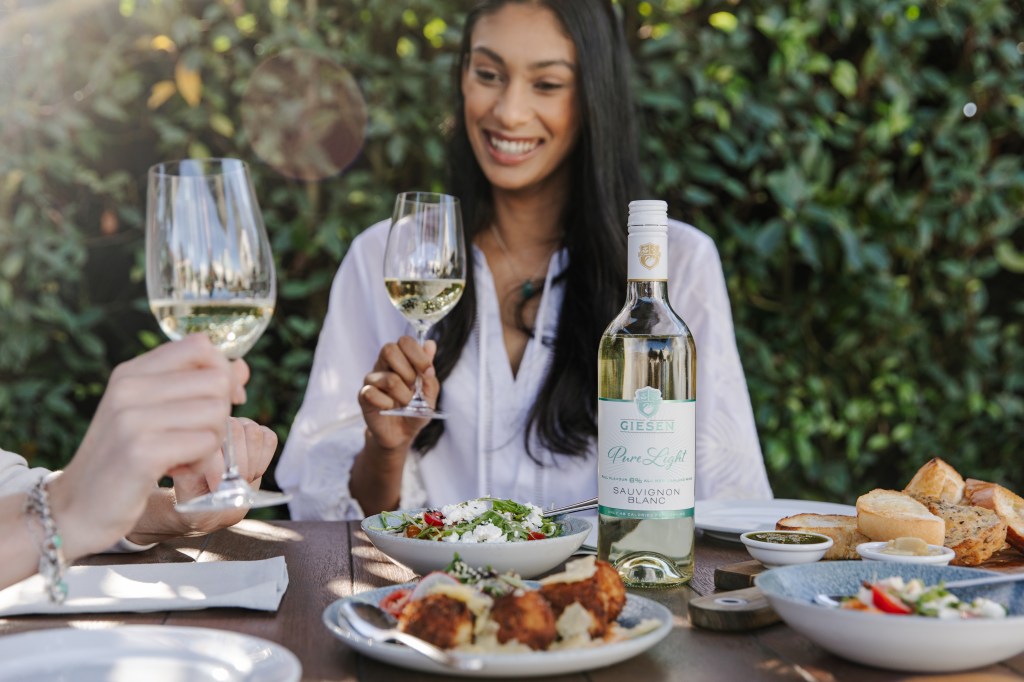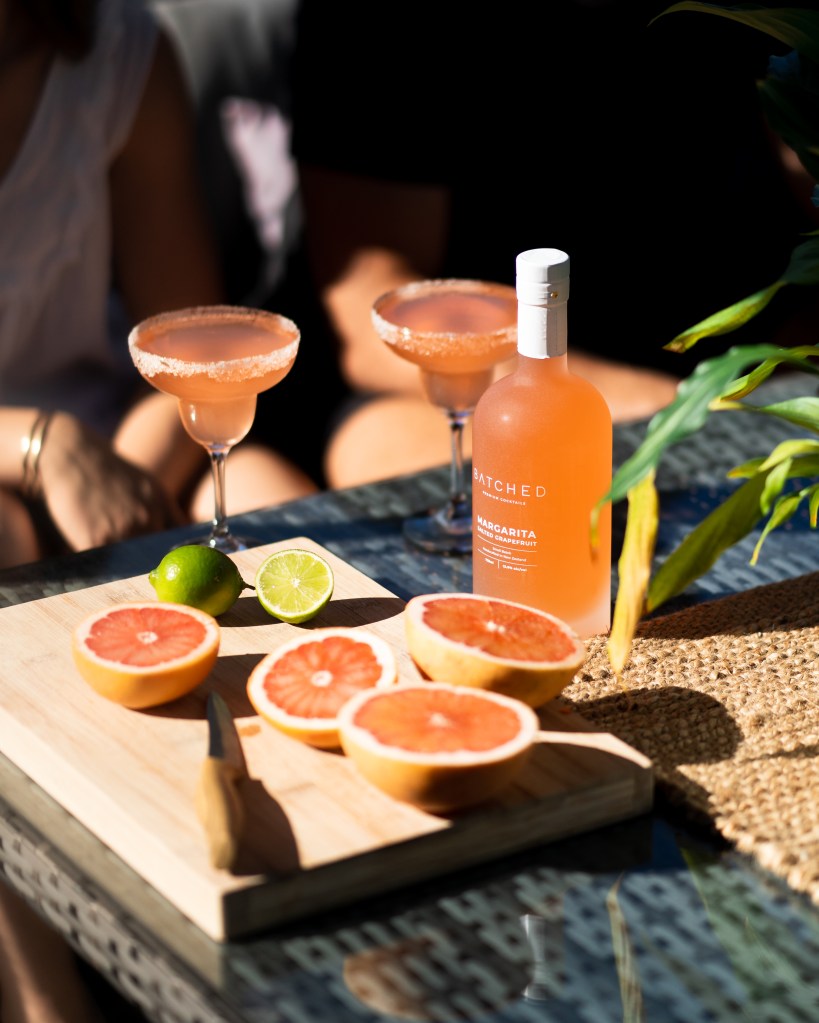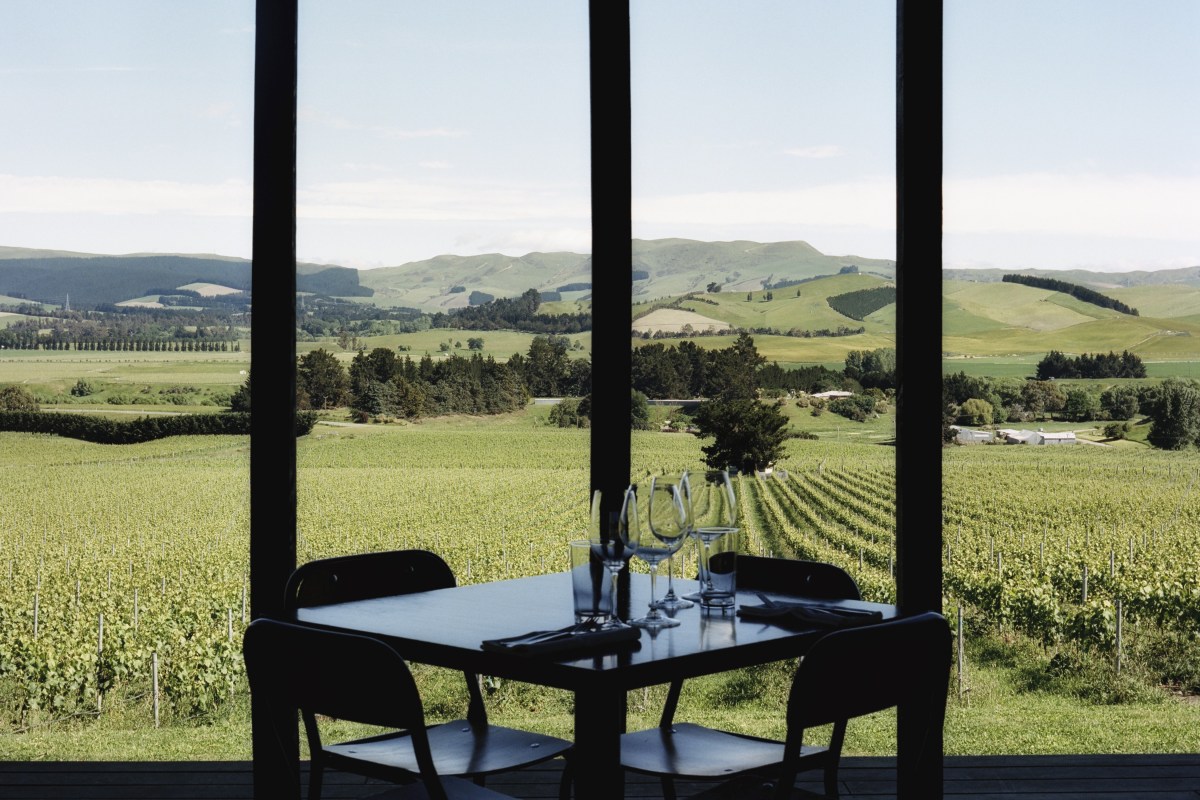Known for their exceptional quality and rich agricultural heritage, New Zealand producers have emerged as significant players in Australia’s liquor market in recent years.
From the vineyards of Marlborough to the emerging whisky region of Aotearoa, New Zealand offers a diverse range of natural resources, and locally made beverages hold distinct characteristics.
For Australian retailers, understanding this segment could mean tapping into a trending market and leveraging the positive recognition that so many New Zealand producers are receiving around the country.
New Zealand wines winning over Australia
Category-wise, Australia represents a strong market for New Zealand wine with a loyal consumer base, being New Zealand’s third largest export market for wine globally.
New Zealand is well known for its cool climate and varied terroir, resulting in wines with vibrant acidity and intense flavours. Already a favourite among Australian wine drinkers, Sauvignon Blanc is the trademark of New Zealand winemaking, with Pinot Noir and Chardonnay also widely grown.
While Kyle Skene, Giesen Group General Manager, says there is still an affinity for New Zealand Sauvignon Blanc, other products are also gaining traction.
“Marlborough may have historically been known for its Sauvignon Blanc, but styles like Marlborough Syrah and Pinot Noir have appeal for the distinctive flavour profile and organic certifications. There’s greater age on some of these vines now and it’s proving to be a viable alternative to other regions like Central Otago,” he says.
For Skene, the success of New Zealand wine in Australia can be attributed to its high quality and value, and this represents an invitation to bring new products and developments to market.
“There is a great opportunity to innovate and move with consumer preference, particularly around the no- and low-alcohol segments. This opens the category to having a relevant offering to match more occasions where a wine or wine-like product can be consumed.
“There are ways we can continue to innovate around packaging to look at how we increase wine’s share across a competitive beverage market,” he added.

Of course, provenance also plays a significant role, and Catherine Wansink, Australia Market Consultant for national industry body New Zealand Winegrowers, says this is one of the significant advantages of regionality in wine.
“Consumer research tells us that in a highly parochial market that favours supporting local wine, Australian consumers want to know what is unique and different about New Zealand wine compared to Australian cool climate offerings. This is a story of provenance, which of course is not new for wine, but as a category driver its importance is at an all-time high.
“Australians also have an incredibly positive view of New Zealand as a country, describing it as a cool, crisp, and clean environment with pure air, untouched and remote, almost with an ethereal association. Making the connection in consumers’ minds between New Zealand the place and New Zealand’s wines a powerful differentiator for New Zealand wine in the Australian market, particularly when we often see Australian and New Zealand wines standing side by side on the retailer shelf,” she said.
The spirit of New Zealand
While the New Zealand spirits industry is still young compared to many other countries, the market is gaining traction. Retailers can find an abundance of New Zealand distilleries producing high quality gin, vodka, and whiskey, often using native botanicals and traditional methods that create a distinct Kiwi twist.
New Zealand-based distillery Reefton Distilling Co. launched into the Australian market in August 2022 in partnership with spirits distributor Iconic Beverages, ranging its Little Biddy Gins nationally.
According to Reefton Distilling Founder and Chief Executive Patsy Bass, the Kiwi spirits industry is driven by locality, authenticity and storytelling, three qualities that are captivating the Australian consumer.
“New Zealand has always been strong as a food producer with high quality produce, and New Zealand distilleries like ourselves have seized the opportunity to use those locally grown, high-quality ingredients to best advantage,” she stated.
“The use of locally grown and foraged ingredients including native New Zealand botanicals in our Little Biddy Gin range, and the purity of the natural spring water used in all our own award-winning spirits, has seen us create a range of uniquely New Zealand products with a distinct West Coast flavour.
“Our products are also backed by an iconic and authentic story, which resonates with consumers all around the world,” she added.
RTD ripe with innovation
RTDs represent a burgeoning market, enjoying continuous volume growth since 2018 in Australia and now representing a 13 per cent share of the total beverage market.
For many years New Zealand has been at the forefront of RTD innovation, but one of the areas in which the category struggles to compete with Australian producers is the demand for higher ABV products.
Developed by the Distilled Spirits Association of New Zealand, the Voluntary Industry Code limits the production and distribution of its members’ RTDs to a maximum ABV of seven per cent, a decision made among manufacturers to regulate internally.
Although this voluntary code prevents New Zealand producers from commanding market share in the higher ABV segment of the RTD category, Matt Bruce, General Manager of Premium Liquor, sees this as an incentive for producers to innovate in other areas.
“In New Zealand, we have some unique selling points. We have got our water source and unique ingredients, things like feijoas, premium ingredients that are perceived to be good for you.
“There’s been really big growth in tequila-based cocktails. We have Club Sola which is a new addition to our range, it’s under the Batched Premium Cocktails brand but it’s a sparkling Margarita series of SKU ranges, including the Classic Margarita, Pineapple & Chilli Sparkling Margarita and Watermelon and Lime Sparkling Margarita. We’re right at the forefront of Margarita innovation,” Bruce stated.

The Kiwi quench
The presence and availability of New Zealand beer and breweries in Australia has really grown in recent years, despite challenging trading conditions for both markets.
Much like spirits and RTDs, New Zealand beers offer Australian drinkers a unique taste of native flavours and unique hop varieties, which offers something interesting for Australia’s adventurous beer drinkers.
For Australian retailers backing the New Zealand brewing industry, Dylan Firth, Executive Director of the Brewers Association of New Zealand, sees this as a point of difference.
While beer drinkers often have their preferences, Firth says Australian consumers look for varied choices when purchasing beer and enjoy distinctive hop varieties such as Nelson Sauvin for its topical, citrus flavours, along with hop-forward pale ales and IPAs.
“Experimental styles using local ingredients like manuka honey provide an innovative contrast to traditional Australian beers.
“Many will have core favourites but look to expand their horizons through having different options. New Zealand products can offer that for retailers. Something different but understood. Often these brands will be known by consumers, but not made very accessible,” he said.
Barriers to communication
While we know there is a significant number of New Zealanders residing in Australia, it is safe to assume that many might miss the products and flavours of their home country and enjoy having a taste of home.
But beyond New Zealanders, Australians also make up a large portion of the consumer base down under.
“Seasoned travellers are one group willing to try new products from other countries and regions,” says Bass. “Younger demographics are also interested in trying something new, especially when there is an authentic focus on social and environmental responsibility behind the products.”
Based on the close proximity of Australia to New Zealand, it’s also worth considering the number of Australian visitors to New Zealand who may look to recreate Kiwi experiences at home, or search for a product that they grew to love while visiting New Zealand.
Despite this growing interest, one of the key concerns for New Zealand producers in the Australian market is the lack of opportunity to communicate with consumers directly. According to Skene, the best way to tackle this is to nurture relationships with retailers, who are best placed to cut through to consumers.
“We very much rely on partnerships with retailers, stakeholders, trade via continual education and training to help ensure key product attributes are conveyed in a meaningful way,” he said.
Despite the difficulties of communicating with an international market, Australian consumers are big supporters of New Zealand products, often “leveraging off that little brother status”, Kene says.
As demand for authenticity increases, storytelling can often influence consumer purchasing decisions. While New Zealand producers might rely on retailers to communicate their story to consumers, investing in consumer education has its benefits.
“Taking time to introduce consumers to something new can pay dividends, consumers are interested to know more about the products they are drinking, the ingredients, how the product is made, where it comes from, sustainability and the background story,” Bass explains.

